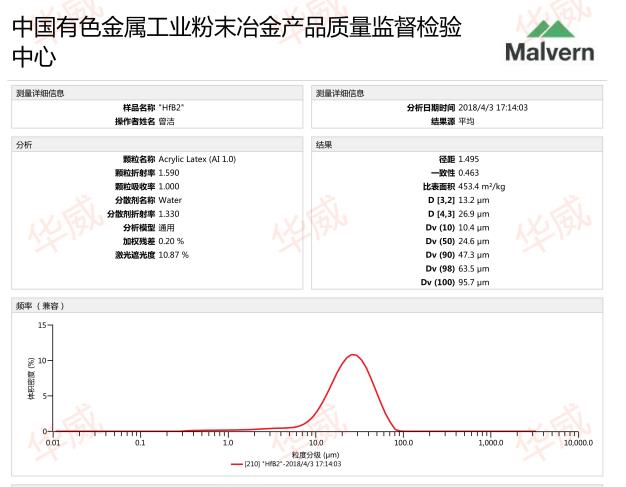Boron carbide is a promising candidate for many high performance applications in nuclear and defence sectors because of its unique characteristics. A combination of low density (2.51 g∙cm-3), high elastic modulus (460 GPa) and high hardness (38 GPa) enables B4C to find application in defence sector as an armour material. 10B isotope of B4C offers significant neutron absorption cross-section for both thermal and fast neutrons and thus plays a major role in nuclear industries as neutron detectors, control rods and shielding materials.
Different sintering methods that assists the densification of high temperature ceramics are the use of submicron particles, binder additions and adoption of advanced sintering process like spark plasma sintering (SPS). Most of the research work has been devoted towards binder based additions as it is reported to enhance both densification and mechanical properties of B4C. Sintering study by Skorokhod et al. has brought into focus the approach to explore different oxide based binder additions to lower the sintering temperatures and increasing the strength of B4C. It is reported that the chemical instability nature of B4C with respect to oxide binders was favouring the formation of high dense B4C-boride composite at comparatively lower sintering temperatures than that of monolithic B4C. Till date, the ease of in-situ processing methodology overshadowed and limited the research on the densification of B4C using pre-synthesized boride powders. In this study, hafnium diboride (HfB2) is chosen as a ceramic binder, as it possesses attractive properties like high melting point, high hardness, high elastic modulus and neutron absorption cross-section. Limited reports were available on the densification of B4C with pre-synthesized diboride powders (TiB2, ZrB2 and CrB2) as ceramic additives .The present paper gives the results of investigations carried out on the effect of HfB2 addition on the densification and properties of B4C by hot-pressing method.

● In the present study, 99 % dense B4C-HfB2 was fabricated by hot-pressing route with the following processing conditions: Temperature of 2173 K under 40 MPa mechanical pressure for 1 h dwell time.
● Hardness, elastic modulus and fracture toughness of
B4C-HfB2 composites were measured to be in the range of 36 - 28 GPa, 465-525 GPa and 2.3 - 7.1 MPa∙m1/2 respectively. With increasing HfB2 content, hardness decreases and fracture toughness increases. B4C-10 wt. % HfB2 exhibited a maximum elastic modulus
of 525 GPa.
● Crack deflection was observed and attributed to be the primary toughening mechanism for B4C-HfB2 composites.
● Electrical conductivity of both B4C and B4C-HfB2 composites increases with increase in temperature. B4C containing 10 wt. % HfB2 exhibited a maximum conductivity of 7144 Ω-1∙m-1 at 1373 K. Activation energy of B4C-HfB2 composites were measured to be
in the range of 0.14 - 0.16 eV.